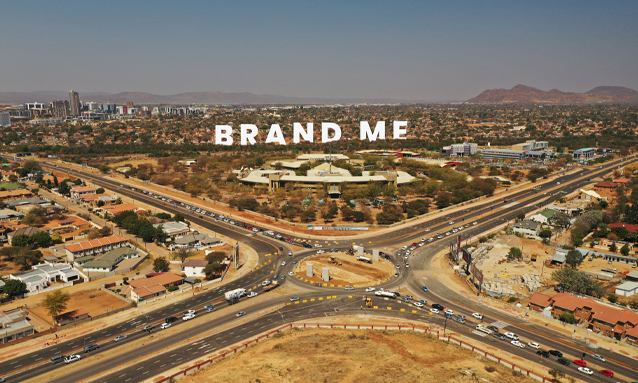
I recently read an interesting article in The Business Weekly by Leungo Sigwele, entitled Branding Cities… Really? Leungo and I are certainly reading the same book, but maybe on different pages. This article is not me trolling Leungo, nor am I challenging his views, but rather carrying on the discussion from a different perspective. The sub-headings are taken from comments made by Leungo.
When you brand something, you must understand what it is you’re branding and why. When branding a product, service or place, you also have to try and understand how others perceive that product, service or place. This helps direct the process and requires an open and honest review of the pros and cons. It has been difficult to write this, as the views of a foreigner can sometimes be seen as critical and not constructive. That said, I don’t think locals, ex-pats and foreigners should be discouraged from discussing these types of topics.
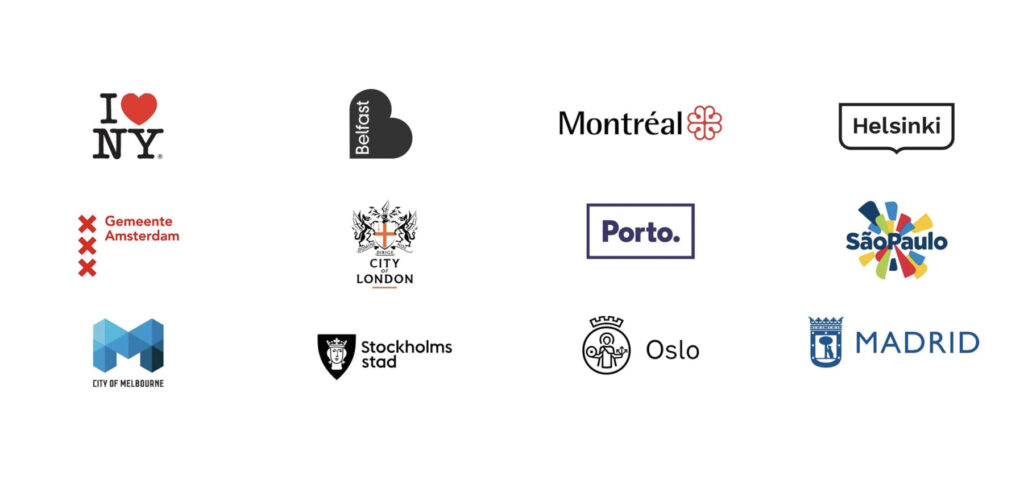
So why brand a city? Branding a city (or any place) helps build its own identity so that it stands out while communicating its strengths and value to potential investors, visitors and lest we forget, its residents. There’s no doubt that branding a city has its advantages; since the turn of the millennium, many cities have developed their brands, as shown above. The overall aim is to make a place attractive and somewhat commercial.
Image or reputation
Leungo uses an analogy which implies a branded city would rely (in part) on its image or reputation. A place can have a reputation, but a reputation can be good or bad and is based on beliefs or opinions, which are subjective. South Africa, for example, is a beautiful country, but it has a bad reputation for severe levels of crime. Even though many people have travelled to South Africa and left with nothing more than wonderful memories, its reputation scares off a lot of would-be travellers. Ultimately, a reputation is not necessarily something you have control over.
A city (like most brands) needs brand association. Paris is known as the city of love because of the atmosphere it exudes; millions of people honeymoon in Paris, and loved up couples treat themselves to romantic weekends in Paris. Brand association goes a little deeper than reputation, as it’s a rational connection between a brand and a concept or an experience or place. Brand associations are generally positive and heavily influence decisions towards investment, be it financially or emotionally. For example, the Apple brand is associated with finery and exceptional quality, even though their products are ridiculously expensive, which forms a large part of their reputation.
Low-income places in developing countries seem not to have joined the bandwagon
For the most part, it is true that most places within developing countries have not branded themselves. But I think there are many reasons for that. If you’re the United States, you have many cities such as Washington, New York City, Los Angeles and San Francisco, that are so well-known because they are constantly in our consciousness through media, movies and so on. But in Africa, there are very few cities or places that are known either equally or more so than their country. South Africa is probably the only exception, but there are African countries marketing themselves rather than their cities. Most of us will have seen the ‘Visit Rwanda’ brand on the arm of Arsenal’s football kit and endorsed by Paris Saint-Germain – which is a genius marketing strategy.
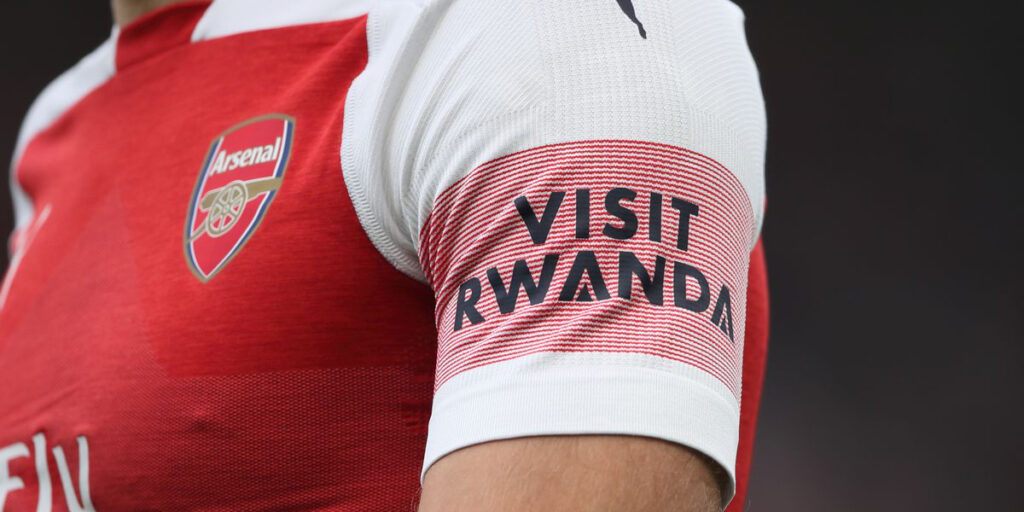
But brand association plays a part. Batswana aside, most people I have known to have been on safari either went to Kenya or South Africa. South Africa’s Kruger National Park is one of the most well-known game reserves and regularly features on wildlife documentaries. The same applies to the Masai Mara National Reserve and Kilimanjaro. If you pay attention, whenever a wildlife documentary is filming in Botswana, it hardly ever mentions Botswana. Kenyan safaris are widely-marketed in travel agencies across the globe. Kenya targets a much wider demographic, catering for a variety of budgets, making their safaris more affordable.
But before we can get to brand association, people must be aware of your brand. Most people have heard of South Africa and Kenya, as well as their tourist attractions. It’s no real surprise that even well-travelled individuals are unaware of Botswana. Herein lies a reality that is probably the biggest challenge many people here either disregard or haven’t considered. When you step outside of the Botswana bubble and continue to step outside of the continent, you’ll find a lot of folk don’t know where Botswana is, let alone heard of Botswana. Branding a city or a place in Botswana is close to impossible if most of your global audience haven’t actually heard of Botswana. When I told friends and colleagues I was moving to Botswana, the news was met with a puzzled expression followed by the question, “Where’s that?”
Yes, this is an epic fail, but I cannot blame ignorance. Many people in the world have heard of Dubai but probably don’t know which country Dubai is in. Maybe some think Dubai is a country? That said, there are African nations known to a global audience, but sadly not all are for the right reasons. Building awareness is a huge challenge, but changing perceptions is even harder, especially with negative brand associations (dictators, civil wars, starvation, famine, corruption).
City branding is a shared responsibility of all the city’s main stakeholders
We can argue organisations such as Botswana Tourism Organisation (BTO) have failed to generate adequate awareness, but I feel Air Botswana has also failed. It might seem strange to hold an airline accountable, but think about it, millions and millions of people pass through so many airports around the world, looking at all the different airlines. A plane with zebra stripes would have stood out and generated some level of interest. But Air Botswana doesn’t fly beyond Southern Africa, and even if it did, it would probably go unnoticed now because the company erased the zebra stripes, their most recognisable feature, when it rebranded.
In terms of BTO, maybe there’s an argument their hands are tied to an extent. I have previously touched on Kenyan safaris being affordable to a wider demographic. Botswana’s safaris are generally enjoyed by those with incomes that are way above average. There’s nothing wrong with that per se, but if you are to brand Gaborone, who is the desired target audience?
Leungo talks about stakeholders, and we may think of people as stakeholders, but I’m not a fan of using this term because it’s too impersonal and corporate. Admittedly, the very definition of a stakeholder is someone with an interest or concern in something, especially a business. But Gaborone is not just a business as such, many call it home, and you don’t call your home a business, nor do you call your family stakeholders. People are the life and soul of any place and are very much part of the proposition.
But if we think too much about the business aspect and financial gains, there’s the risk of losing sight of the bigger picture. Brand awareness doesn’t immediately put money in your pocket. In fact you might lose money in the early stages, but it’s a marathon not a sprint. Branding the city is an ongoing project, requiring both investment and patience.
Similarity/ordinary does not sell but differentiation sells
This is true, but don’t underestimate the ordinary. The are people out there who spend hours plane-spotting, train-spotting, collecting stamps and postcards. Ordinary may be considered odd or boring by some, but for others, ordinary can be exciting. Some people spend thousands travelling all over the world to watch fast cars go around a race track numerous times, while others will travel thousands of miles just to see a monument or visit a museum.
Being a foreigner and a resident of Gaborone for the past eight years, I’ve made many observations and comparisons. I can’t help but feel within Botswana, there’s too much focus on the capital and yet not enough focus on the capital. Almost everything of note happens in Gaborone, yet I wonder how many visitors to Gaborone (local or otherwise) are aware of some of Gaborone’s attractions beyond the government enclave, the CBD and the various malls.
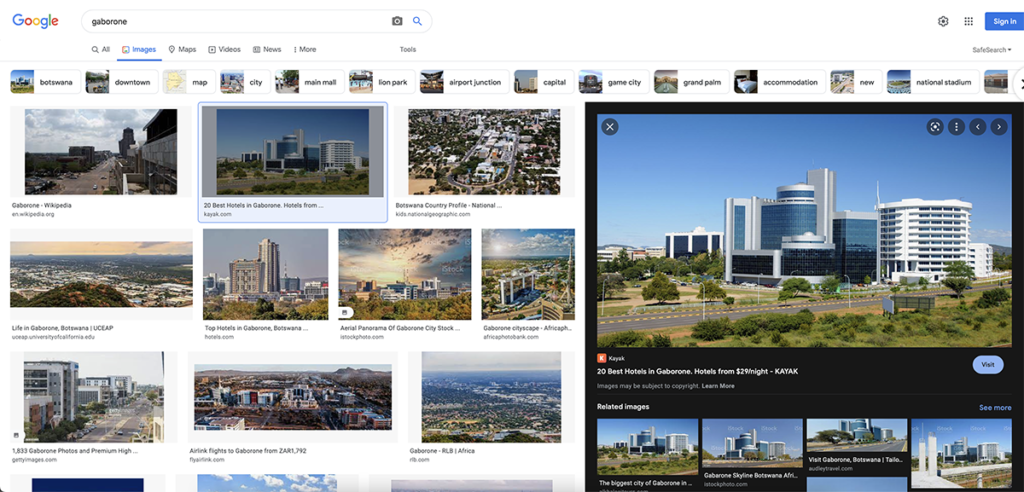
Gaborone’s identity is a bit skewed in that the only part of the city with any real visibility on Google images is the Ministry of Health & Wellness building. Yet there is so much more in one small city and surrounding areas. Ordinarily, it’s the political hub, the jewel in the crown where diamonds are concerned, and almost all corporate entities reside at the Central Business District. But just outside of the city centre are what I feel are game-changers; two game reserves and even crocodiles in a natural habitat, not in a zoo. Although, neither of these places could cope with an influx of visitors.
Package the city’s elements competitively and bring the city’s DNA to life
We have seen recent efforts to improve central Gaborone due to hosting the Forbes Under 30 event. Botswana does indeed make an effort when it’s required, but these efforts often stop once the event has finished. They should be ongoing and all initiatives continued rather than be viewed as a gimmick. Obviously, other areas such as public transport, road systems, general public spaces, public amenities, street lights, signage and so on are considerably trickier to improve in the short term.
Suffice to say there are a lot of areas in Gaborone that could be dramatically improved, and new initiatives implemented to make the city more appealing, safer and user friendly. A lot of what is in Gaborone can be commercialised, but I won’t go into details for fear these ideas will be taken and ruined. However, all of these play a vital role when branding a city, and most go far beyond a logo and a funky tagline.
It’s also fair to acknowledge that, unlike New York City, Gaborone is a city that sleeps… kind of. If we are to brand the place and bring its DNA to life, a certain degree of life needs to exist after 6pm. I’ve spoken about this in another article, but the retail environment needs to operate like a retail environment. Open later and close later, the malls should be alive in the evening; not shutting down.
There has to be a reason for embarking on the branding process
The key point Leungo makes is the fact a city needs a ‘brand purpose’ and this is where I struggle. Gaborone is the capital city, yet beyond that, I don’t see what elements Gaborone can use to hang its brand hat on. Whereas a place like Maun has a clear brand association since it’s the ‘gateway to the Okavango Delta’ and for that reason, I would argue Maun has the strongest brand potential in the country, yet Maun is not developed.
Although I believe Maun potentially has the strongest identity, its visual presence online is also skewed. Maun is literally the gateway, but what a foreigner would perceive to be rest of Maun is not actually Maun, but rather the Okavango Delta. Maun itself is commonly summed up by its airport and, to be fair, most of the millions of safari travellers only see the airport. But there are areas of Maun that can be enhanced, areas for development (again, I’ll keep these ideas to myself), but Gaborone would require a lot more thought.
One element that contributes to a successful brand is the story behind the brand. This aspect should not be underestimated because the story has the potential to attract a new breed of travellers, those who are not necessarily interested in safaris.
London is the UK’s capital city and is the political and royal hub with all its famous and iconic attractions – Buckingham Palace, Houses of Parliament, Downing Street, London Bridge and so many more. The reason these are iconic is because they have a history and are part of the country’s heritage. All cities with effective brands have notable historic associations, they all have stories to tell. Botswana’s heritage is there, but rarely told and if it is told, it’s normally told by someone who isn’t from Botswana.
Gaborone should work hard as well to be known for that particular “thing” or what we call brand essence
Leungo does make reference to Eindhoven in the Netherlands, whose ‘thing’ is that it was voted the most inventive city in 2013. Of course, these are claims to fame and add value to the city, but a lot of these polls and rankings can be flash in the pan. Some cities are known for things that are unintentional, but very few will know about these accolades or remember them. However, there are some great accolades, such as being voted the Capital of Culture.
This is an initiative in Europe that puts culture at the heart of European cities, resulting in EU support for a yearlong celebration of art and culture. The western world generally moves with the times and makes certain trends a valuable asset. Europe is home to so many non-Europeans, and the integration of all these people made ‘equality and inclusion’ a part of life. Being a Capital of Culture has proven to be an excellent opportunity for regenerating cities, raising their international profile and boosting tourism. It also enhances the image of the city in the eyes of their own inhabitants and breathes new life into a city’s culture.
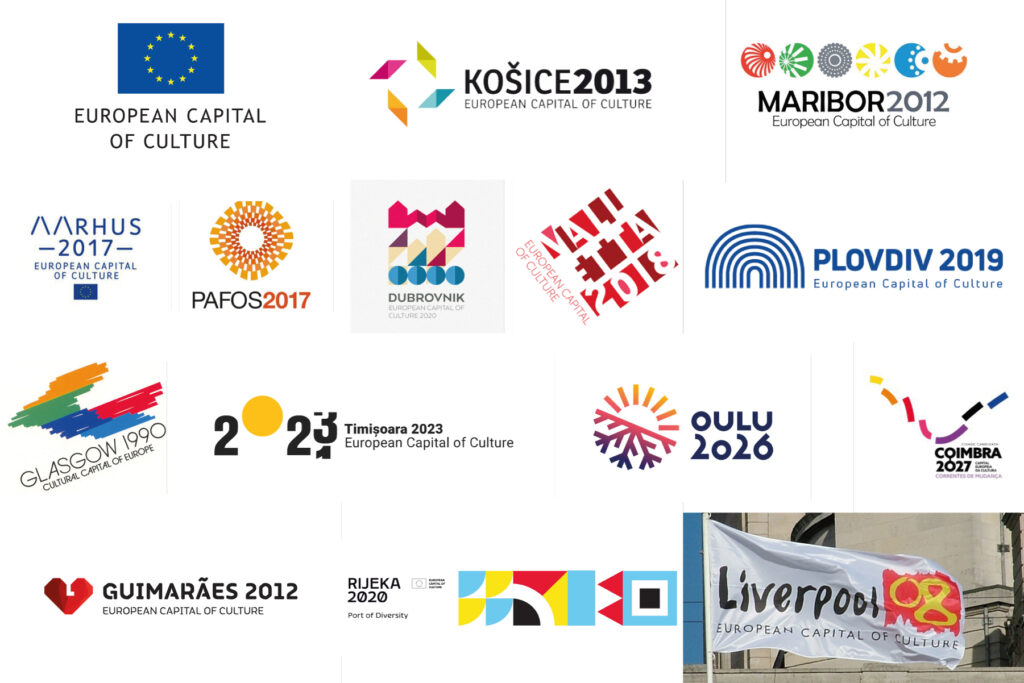
One particular culture that features in most large cities (and is considered an attraction) is the inclusion of Chinatowns. A Chinatown is an ethnic enclave of Chinese people located within urban settings. It is an opportunity for people to experience an authentic Chinese culture and cuisine. While providing a home-from-home environment for Chinese residents, it’s open to everyone. Chinatowns are evidence of a city embracing its cultural diversity. In Gaborone, there is Oriental Plaza, which is essentially warehouses selling cheap Chinese products. It’s not a cultural experience nor a place I would want to spend the day.
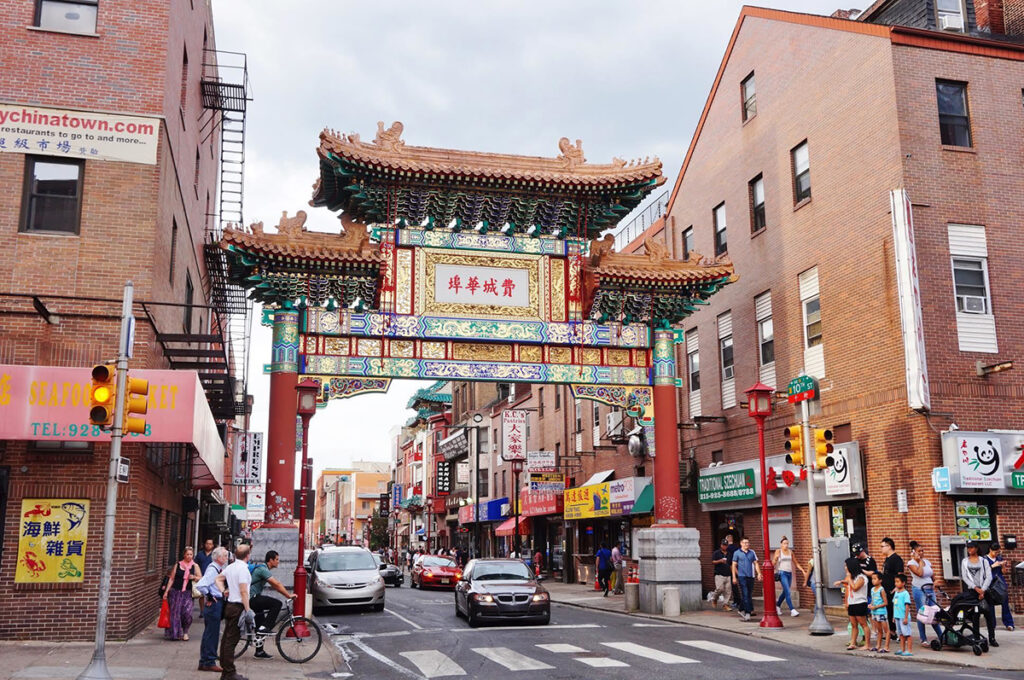
I mentioned above that Gaborone is a city that sleeps… kind of… sadly, once the sun goes down and the shops close, Gaborone becomes an irritant. If it’s not dozens of endless parties playing music at a highly unreasonable volume, it’s churches with preachers screaming down a microphone. This is certainly a ‘thing’ but not the thing Gaborone should be known for. In that respect, there really needs to be policy reviews on social conduct, anti-social behaviour and noise pollution. No-one wants to visit a city and leave with the bad memory of someone’s rowdy house party or a church with what seems like a maniac enjoying the sound of his own voice.
Man-made landmarks have helped cities known the world over
The Eiffel Tower is a worldwide symbol of romance, and yet it was far from being loved once constructed. Three hundred prominent Parisian artists and intellectuals hated the tower, calling it a “monstrous structure” and petitioned against it. It’s hard to believe such an iconic structure being the source of such hatred. It’s even harder to think it was never intended to be a permanent feature in the city. Paris officials saved it from being torn down because it was useful as a radiotelegraph station. The Statue of Liberty was actually a gift of friendship from France to the United States and, although it is synonymous with New York, it is seen as a universal symbol of freedom and democracy.
Gaborone has a number of monuments within the city, most of which I discovered when walking around the city on a quiet Sunday afternoon. There’s the Three Dikgosi monument at the CBD, a Seretse Khama statue near Parliament, along a few other monuments. There’s an ivory monument within Main Mall, which has no plaque explaining what it is – I’ve asked people, and no-one seems to know. The problem with these monuments, from a tourist’s perspective, is there are no signs indicating where they are. There’s no parking nearby, no ablutions, no vendors selling enticing refreshments or merchandise. These are the provisions that need to be made if you want tourists to visit the city.
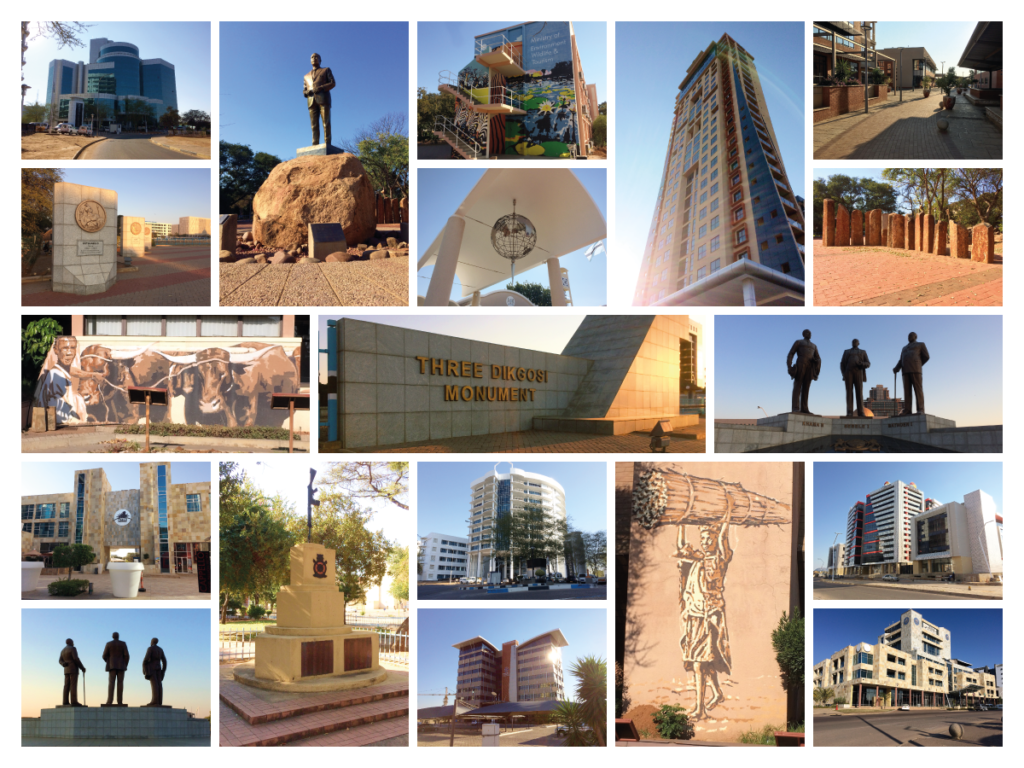
There’s so much work needed to make the city more visitor-friendly. If I was new to Botswana and flew into Gaborone, I wouldn’t know what to do or where to go. There’s no yellow cabs or black cabs, in fact there’s no taxi rank at the airport, no shuttle bus service, just a few unregistered taxi guys who shout ‘taxi’ at you and will most likely charge inflated rates. Official taxi ranks are not obvious, some seem hidden. How do get from the airport to the CBD or the government enclave? How do you get from the airport to your hotel or Airbnb? Before you can brand the city, you need to see the city through a visitor’s eyes and in doing so, you’ll see the scale of the challenges.
Cities should also have a well-researched brand communication strategy
When it comes to local branding, another concern of mine is the ability to actually execute a brand experience. Whenever a branding exercise is carried out, it is often without logic or reason and (sadly) poorly executed. The Paris brand or image is often visually represented by the iconic Eiffel Tower. If it was branded in Botswana, there would most likely be love hearts and flowers, novelising Paris’ image as a permanent Valentine’s gimmick. While there is some logic to this approach, it is not a concept that is all-encompassing.
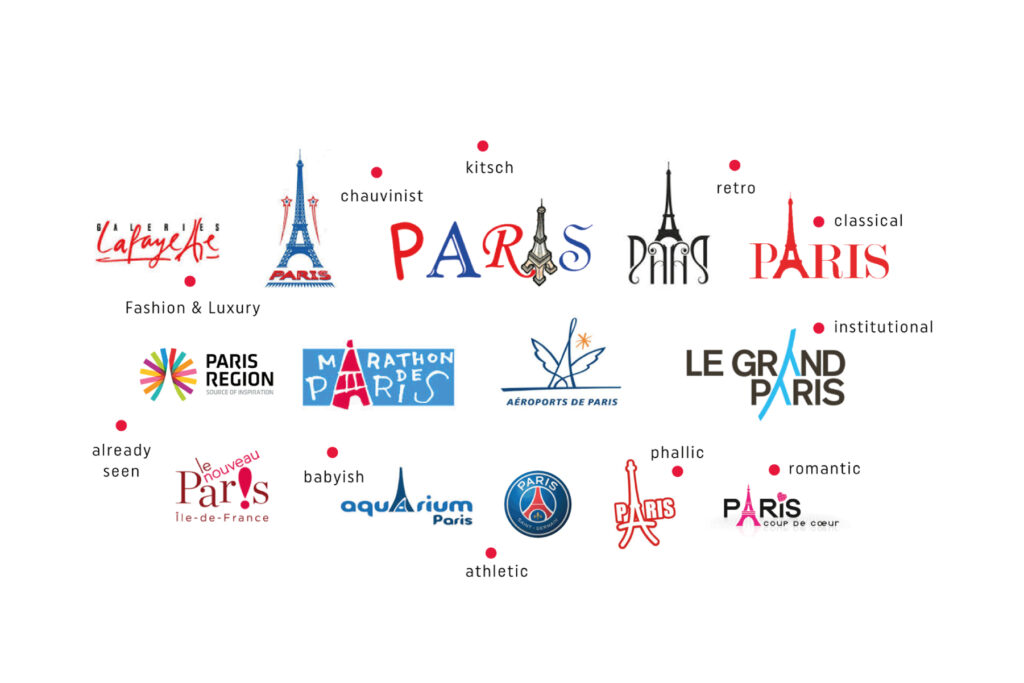
I should point out that the actual Paris brand is actually based on a boat. You can read about it here – https://carrenoir.com/city-of-paris-official-branding
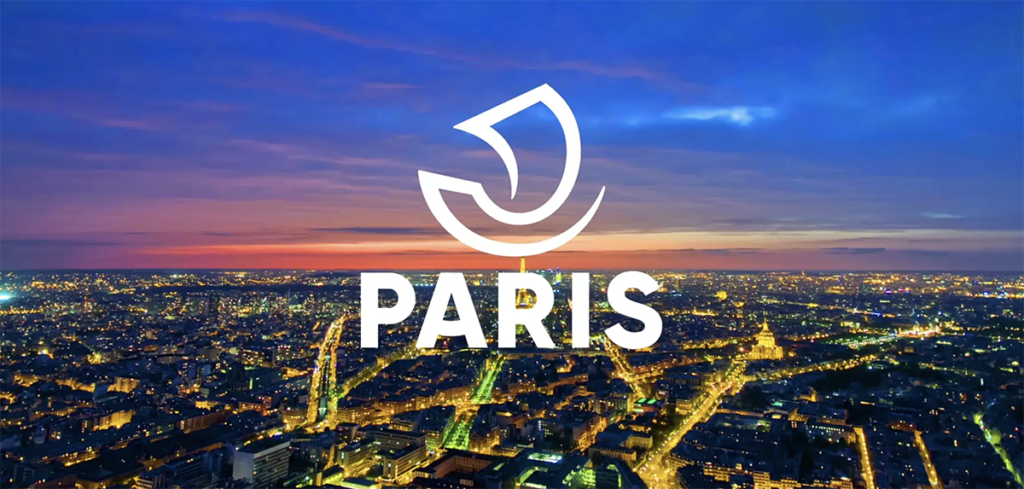
I’ve already mentioned Air Botswana erasing zebra stripes from their identity. The zebra is the national animal and yet the national airline has a brand that focuses on diamonds. Admittedly, the rebrand design was carried out by a South African agency, but the brief would have come from Botswana. When you construct a brand, you need the ability to not only see your vision, but also how that vision will be seen by others.
I don’t feel anyone with the authority to implement change has actually spent any time walking around Gaborone and seen what a visitor sees. The best way to map the customer journey is to take a walk in their shoes, even better if you bring foreigners on that walk. Conduct market research, ask expats and newly arrived or departing visitors to give their opinions. Whether feedback is positive or negative, it’s the only way you will get answers and ideas. Stop relying solely on Facebook and Instagram, not all your target audience have social media accounts. Start targeting your audience instead of posting a few adverts on Facebook and hoping for the best.
Branding Gaborone in theory is a wonderful idea, but in reality, Gaborone is not ready. The starting point needs to be branding the country and generating awareness. However, everything I’ve said about ‘walking the customer journey’ still applies, you still need to make that effort and inform people where all the attractions are and how to get to them. Improve public transport and public amenities, think about pedestrians, create parking areas and consider constructing service stations along the A1 with ablutions.
People need to see the benefits of more people travelling around the country, spending their money everywhere they go. The better the experience, the more they will spend. Leungo says there needs to be a change of attitude, and by Jove, he’s right! But it’s not just councils or the Government that need to alter their mindsets, it’s everyone. People need to see travellers as guests, not cash cows. Display price lists, put up signage, communicate to them, and they will respond.
There’s a lot that needs to change, a hell of a lot, but the sooner change starts, the sooner it will be done – do it right, engage the right people, try something different, use external resources, and the rewards will make it all worthwhile. But do it prematurely, and the damage could be beyond repair.
By YourBotswana writer

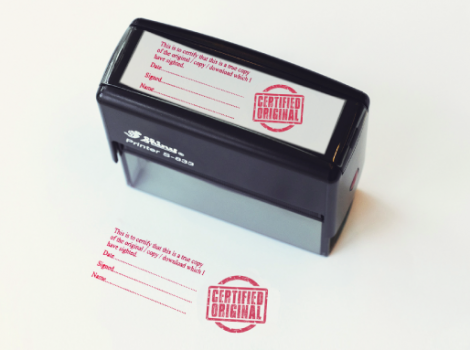
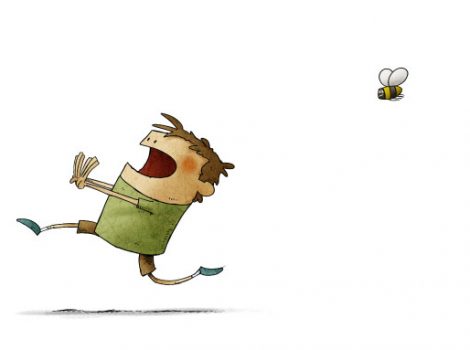
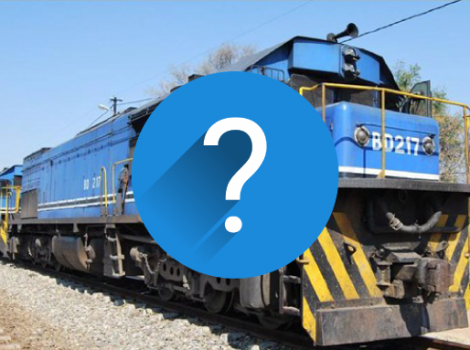
This was eye opener. Thank for this. Please post more of these, eventually it will land on the right mind and change can be done. It’s very unfortunate that we don’t see these challenges because most don’t travel, and to realise all these you need to have been exposed to places doing this different.